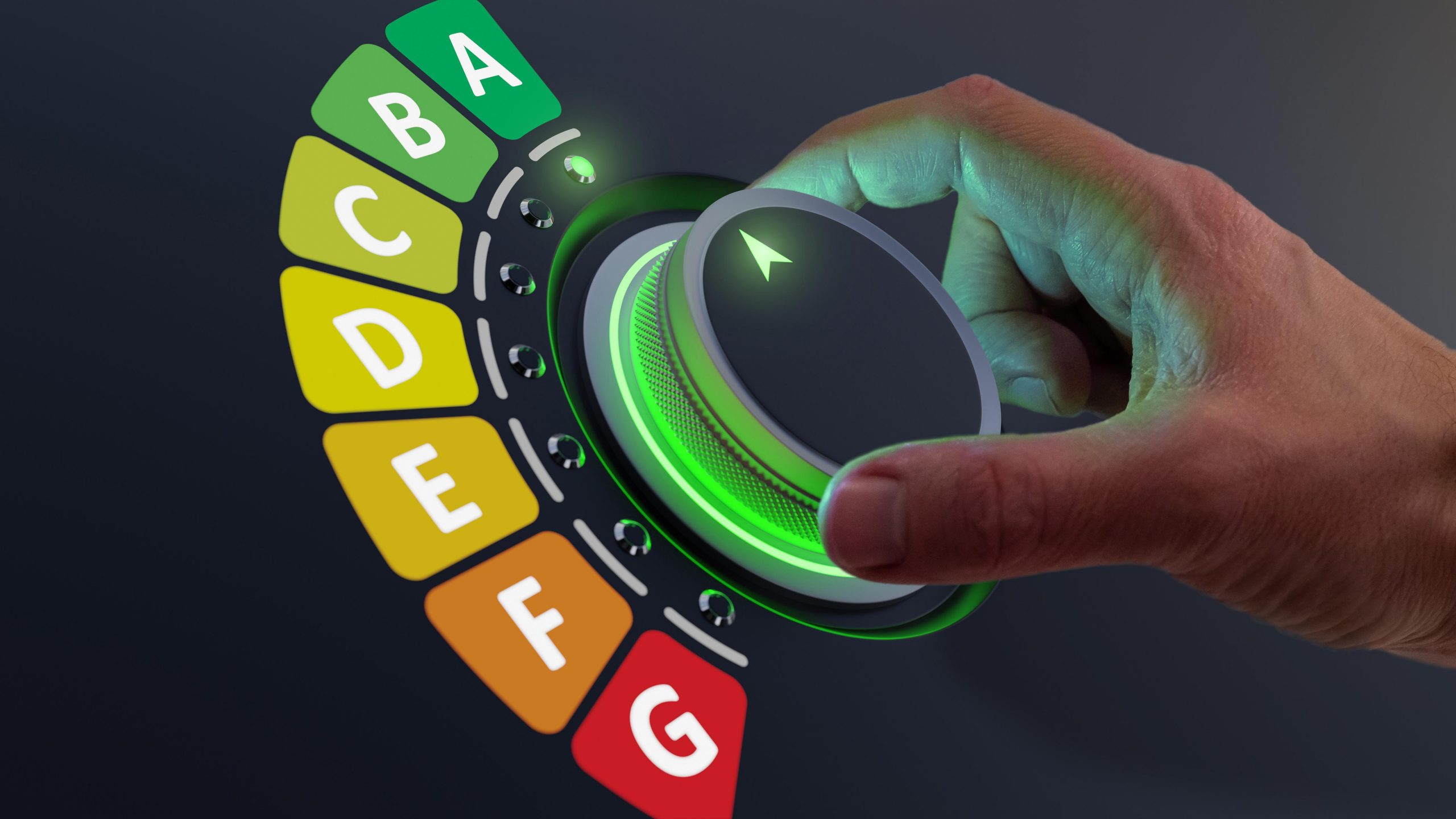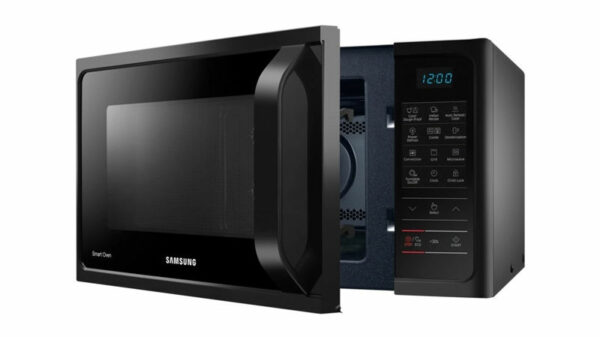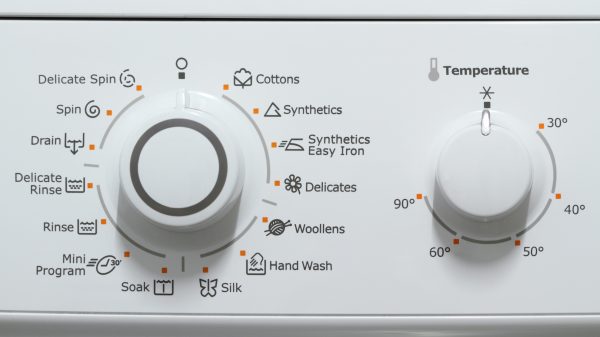Have you ever stood in front of a lineup of refrigerators, wondering which one is the most energy-efficient choice? With the growing emphasis on sustainability and energy conservation, understanding refrigerator energy labels has never been more crucial. In this article, we’ll demystify those perplexing energy labels, helping you make an informed decision that benefits both your wallet and the environment.
The Energy Label Breakdown
Imagine the energy label as a decoder ring for your refrigerator’s efficiency. The label typically consists of a colorful range of letters, from A to G, with “A” indicating the most energy-efficient and “G” representing the least. This simple scale lets you quickly gauge a refrigerator’s environmental impact and potential cost savings.
Unpacking the EU Energy Label
In the European Union, the energy label comes with additional insights. It not only features the energy efficiency rating but also provides an estimate of the appliance’s annual energy consumption. This valuable information allows you to calculate potential electricity costs over the lifespan of the refrigerator.
The Star Rating System
In some regions, like Australia and New Zealand, a star rating system is used. More stars mean higher efficiency. The system provides a straightforward visual representation of a refrigerator’s energy consumption, helping you make an eco-conscious choice without getting lost in technical jargon.
The Environmental Impact
Why does energy efficiency matter? Consider this analogy: a less efficient refrigerator is like a leaky faucet that wastes water over time. An energy-hungry appliance not only drains your wallet with higher electricity bills but also contributes to increased carbon emissions. Opting for an energy-efficient model reduces your carbon footprint while keeping your food fresh.
Calculating Long-Term Savings
Ever wondered how much you could save with an energy-efficient refrigerator? It’s more than you might think. The upfront cost of an efficient model might be slightly higher, but the long-term savings on your energy bills can be substantial. It’s like making an investment that pays dividends over the years.
Factors Affecting Efficiency
Refrigerator efficiency isn’t solely about the label. Consider the size, design, features, and usage patterns. A larger fridge might consume more energy, but it could still be efficient within its category. Features like adjustable temperature controls, humidity settings, and automatic defrosting can also impact efficiency.
Emerging Technologies for Enhanced Efficiency
Technology keeps pushing the boundaries of energy efficiency. Smart refrigerators with sensors that optimize cooling based on usage patterns are becoming commonplace. Some models even have the ability to connect to renewable energy sources, making your fridge a green powerhouse.
Making a Mindful Choice
Choosing an energy-efficient refrigerator isn’t just about picking the highest-rated model. It’s about finding the right balance between efficiency, size, features, and budget. Consider your household’s needs – do you need a spacious French door style or a more compact design? Assess your usage patterns – do you frequently store fresh produce or frozen items? These factors help you tailor your choice to your lifestyle.
Pickaboo: Your Energy-Efficiency Partner
When you’re ready to make an energy-efficient choice, turn to **Pickaboo** – your solution provider for a range of energy-efficient refrigerator options. With their expertise and wide selection, you can find a refrigerator that aligns with your sustainability goals and kitchen needs.
Decoding refrigerator energy labels doesn’t have to be an enigma. With the knowledge gained from this article, you’re equipped to make an informed decision that benefits both your pocket and the planet. Remember, an energy-efficient refrigerator isn’t just a purchase; it’s a step towards a more sustainable future.
FAQs
- What’s the difference between the A+ and A++ labels?
– The A++ label indicates higher energy efficiency than A+. Appliances with A++ ratings consume less energy and are more environmentally friendly.
- Can an old fridge be energy-efficient?
– Older fridges tend to be less energy-efficient due to outdated technology. Investing in a newer, more efficient model can lead to substantial energy savings.
- Do larger fridges always consume more energy?
– Not necessarily. Larger fridges might have higher energy consumption, but their efficiency ratings can still vary. Compare energy labels within similar size categories.
- Are smart refrigerators always more efficient?
– Smart refrigerators can be more efficient due to features like optimized cooling and energy-saving settings. However, it’s essential to check the energy label for accurate information.
- Can I trust the estimated annual energy consumption on the label?
– The estimated consumption is based on standardized testing conditions. While it provides a general idea, actual consumption can vary based on usage and environmental factors.
- Do mini-fridges have energy labels too?
– Yes, energy labels are available for mini-fridges as well. These labels help you understand the energy efficiency of smaller appliances.
- Can an efficient fridge save money in the long run?
– Absolutely. While an energy-efficient fridge might have a higher upfront cost, the savings on energy bills over its lifespan can be significant.
- How often should I replace my refrigerator for better efficiency?
– While there’s no fixed timeline, consider replacing your refrigerator every 10-15 years to benefit from newer, more energy-efficient models.
- Can I rely solely on the star rating for efficiency?
– The star rating provides a good starting point, but it’s essential to consider other factors like size, features, and usage patterns for a complete assessment of efficiency.
- What’s the role of defrosting in energy efficiency?
– Automatic defrosting can improve efficiency by preventing ice buildup, which can hinder cooling and lead to increased energy consumption.







